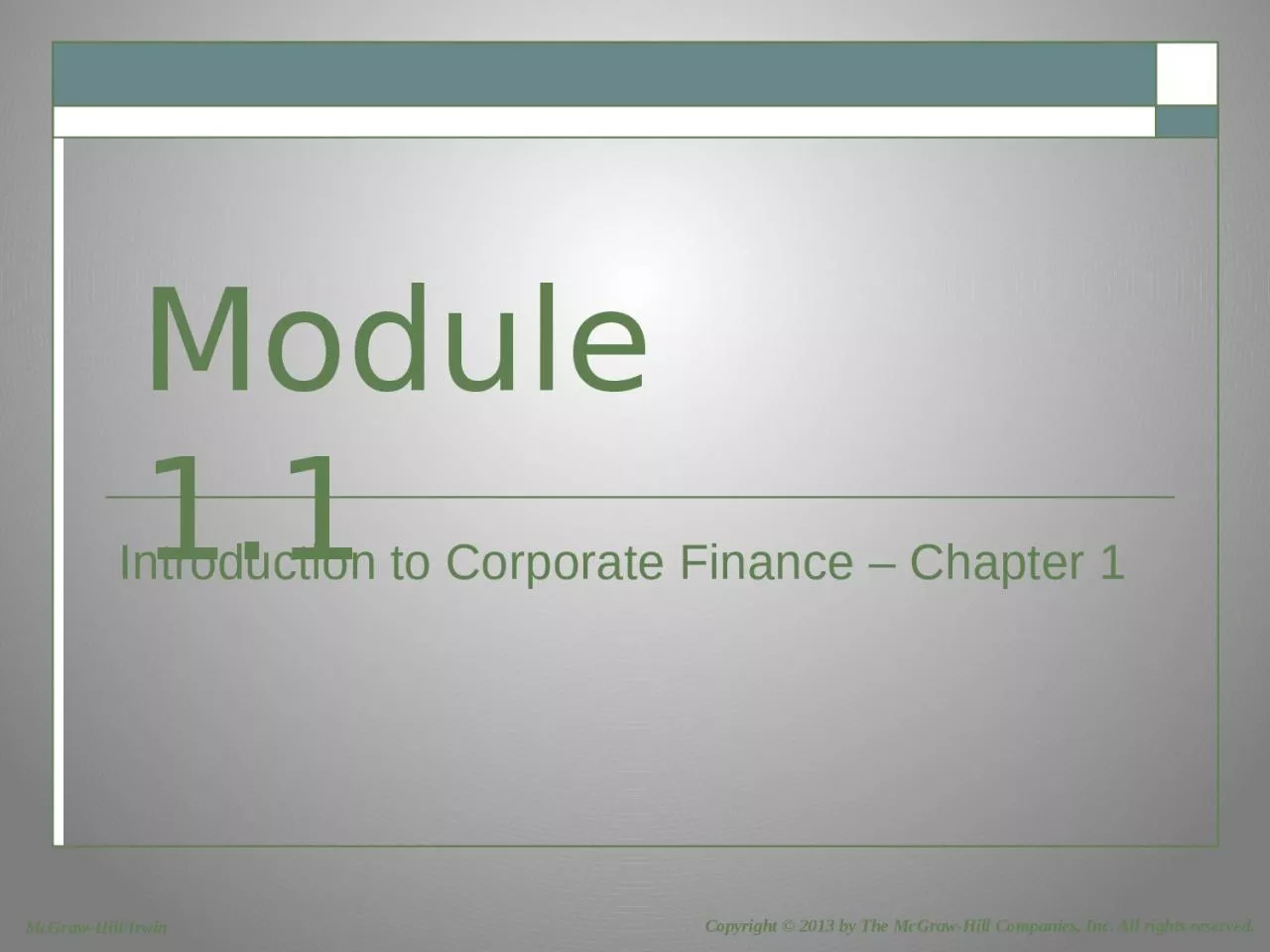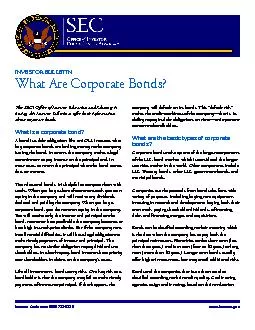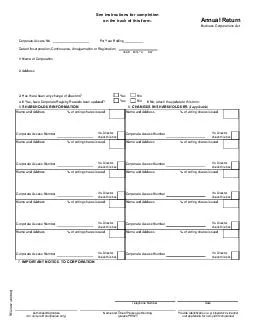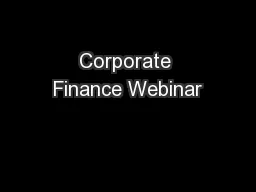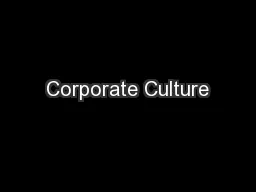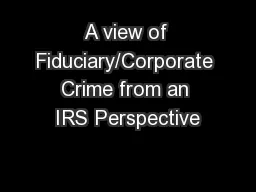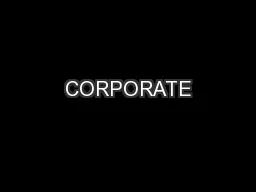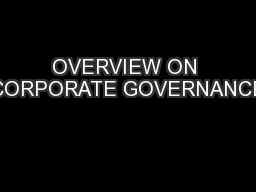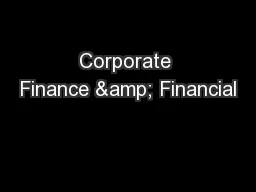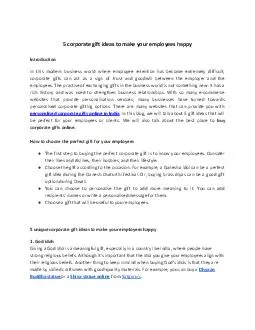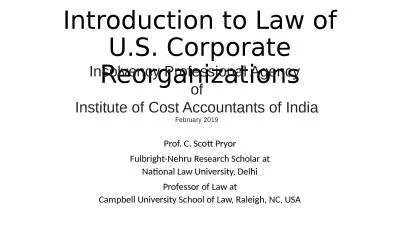PPT-Introduction to Corporate
Author : megan | Published Date : 2023-11-07
Finance Chapter 1 Module 11 Types of financial decision making Some random headlines from the WSJ on June 20 and June 21 2013 Microsoft Explored Deal for Nokia
Presentation Embed Code
Download Presentation
Download Presentation The PPT/PDF document "Introduction to Corporate" is the property of its rightful owner. Permission is granted to download and print the materials on this website for personal, non-commercial use only, and to display it on your personal computer provided you do not modify the materials and that you retain all copyright notices contained in the materials. By downloading content from our website, you accept the terms of this agreement.
Introduction to Corporate: Transcript
Download Rules Of Document
"Introduction to Corporate"The content belongs to its owner. You may download and print it for personal use, without modification, and keep all copyright notices. By downloading, you agree to these terms.
Related Documents

